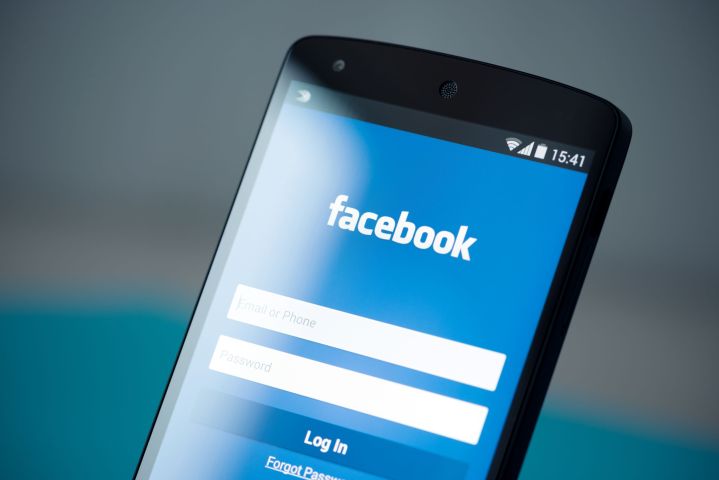
It is not a trick. The question asked was, “Do you believe that getting fired because of a social media post is an infringement First Amendment rights?” Of the respondents, 41.2 percent were certain the First Amendment protected them and 30.4 percent were not sure. So overall, 71.6 percent did not understand that if you rant about politics or religion, put up pics your employer finds offensive, or even just post negative comments, you can be on the streets with no recourse. The First Amendment protects you from “interference or constraint” by the government, but offers no protection from employers.
In 2015, according to HubShout quoting a survey by CareerBuilder, “18 percent of employers said they had fired an employee for something they posted on social media.”
The one exception relates to posting about work or work-related matters. But the exception holds only if the post has to do with a “protected concerted” activity, which means it has to relate to a group action, a group complaint or seeking a group response. In that single type of activity, you cannot be fired, according to the National Labor Relations Board (NLRB). But the post cannot just be you complaining about something.
For example, you could post to fellow employees, “We’ve got to get management to do something about the stupid copy machines we are all forced to use.” That is fine and protected. But post, “I can’t stand the stupid copy machine I have to use,” and you are putting your job in jeopardy.
You cannot say that no one at the company told you about social media posts. If your employer does not have a social media policy, it does not matter. Although if it does, maybe you received the message.
Employers absolutely use social media to look beyond job candidates’ wonderfully focused, solution-oriented resumes and polished interviews to see what applicants are really like. In an April survey by Careerbuilder, 49 percent of hiring managers who use social media for screening found posts or information that filtered out the applicants.
The top five hiring employer’s social media turn-offs were provocative or heavy-duty party pics, videos, or information, posts about applicants drinking or doing drugs, discriminatory comments about race, religion, gender, or other protected classes, badmouthing co-workers or previous employers, or even just poor communication skills.
According to CareerBuilder’s Chief Human Resources Officer Rosemary Haefner, “The challenge is how to reach top talent, and social media is a great way to do that — meet people where they’re already spending a lot of their time. Similarly, with all the social tools available, it’s easier to find out who a candidate really is behind the resume and cover letter and lessen the risk of hiring the wrong candidate.”
But that does not mean you should wipe or delete all your social media accounts. The CareerBuilder survey found 41 percent of hiring managers are more likely to pass on interviewing candidates who have no online presence. Employers seek information about your personal values, behavior, and culture from social media accounts, in effect treating your online info as part of your resume.
If you treat your social media profiles and posts as important parts of your personal branding, your online presence can work in your favor. Careerbuilders was not only looking for employer turn-offs but also the types of social media content that could boost a candidate’s hiring chances.
The top five types of content on your accounts that could help you get the nod or least a call back are background information that supports the job qualifications, evidence that your personality fits the company culture, conveying a professional image, consistently demonstrating good communications skills, and evidence of creativity.



